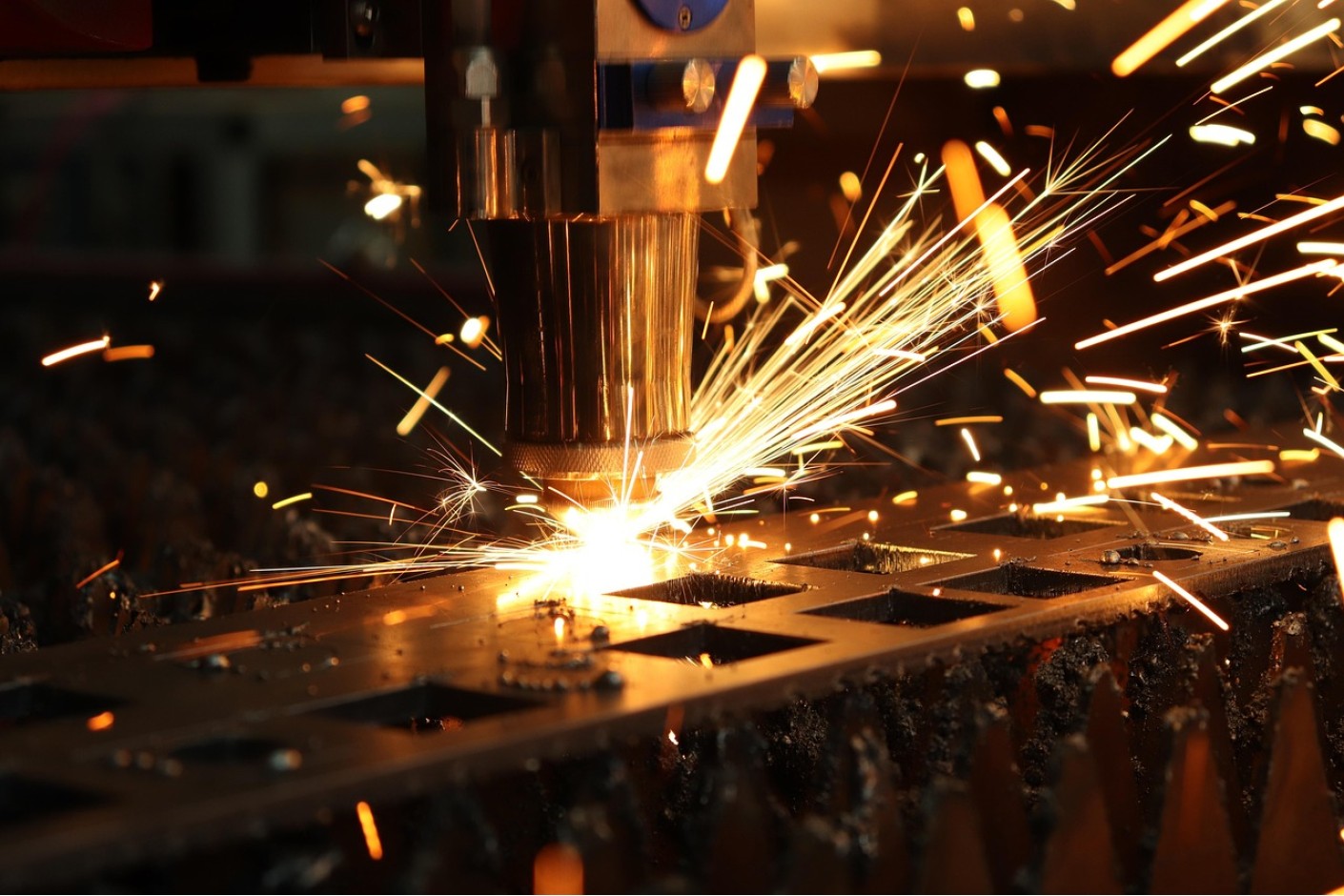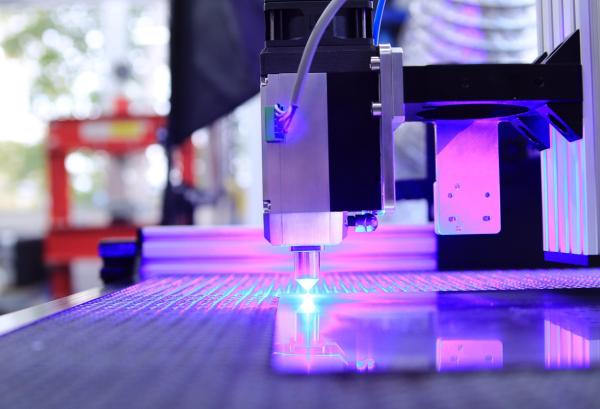Characteristics And Main Applications Of Laser Scanning Lenses

What is a laser scanning lens? A laser scanning lens is a special lens, a type of scanning lens, and a device that can precisely control lasers when using them to record or read information. It uses a laser beam for scanning and can quickly obtain the three-dimensional shape information of the target object.
1、Characteristics of laser scanning lenses
As a more advanced device, the characteristics of laser scanning lens can be summarized as follows:
High precision measurement
Laser scanning lenses can provide high-precision three-dimensional measurement results. By measuring the distance and angle between the laser beam and the target object, the coordinate information of the target object surface can be accurately obtained to achieve accurate measurement of shape and size. Therefore, laser scanning lenses are widely used in manufacturing, construction measurement, geological exploration and other fields.

The characteristics of laser scanning lenses
Fast scanning speed
Laser scanning lenses can quickly scan the target object by emitting laser beams and capturing the reflected light signals, thereby quickly acquiring 3D shape information. Therefore, it is very effective in applications that require rapid acquisition of large amounts of data.
Highly adaptable
The laser scanning lens has strong adaptability and can scan in different lighting environments and surface characteristics. Regardless of the color, texture, and reflectivity of the target object, the laser scanning lens can accurately capture the relevant shape information.
Non-contact measurement
The laser scanning lens is also a non-contact measurement tool that does not require direct contact with the target object to obtain its 3D shape information. Therefore, the laser scanning lens can measure sensitive or fragile objects without worrying about damage or destruction of the object.
Data processing and analysis
The laser scanning lens can not only obtain the 3D shape information of objects or environments in real time, but also import the data into the computer for subsequent data processing and analysis. In this way, 3D models can be generated, shape comparisons can be made, and size and volume measurements can be performed. This provides a powerful tool for engineering design, digital modeling, virtual reality and other fields.
2、Main applications of laser scanning lenses
Laser scanning lenses have been widely used in many fields. Here are some of the main application fields:
Industrial Manufacturing
Laser scanning lenses are widely used in the field of industrial manufacturing and can be used for workpiece inspection, quality control, feedback inspection, etc. It can quickly obtain the three-dimensional shape information of parts to check the size, shape and surface quality, ensuring accuracy and consistency in the production process.

The application of laser scanning lenses
Laser printing and burning
In the manufacture of electronic products, laser scanning lenses are used in laser printers and laser burners to finely control the laser printing and burning processes.
Building Surveying and Design
The laser scanning lens can quickly capture the 3D shape information of buildings and indoor environments for use in architectural design, construction planning, maintenance management, etc. As an analytical tool, it can generate accurate building models and point cloud data, providing detailed reference materials for architects and engineers.
Geological exploration
Laser scanning lenses can also be used in geological exploration to capture the shape information of surface and underground geological bodies. This can help geologists study landform changes, stratigraphic structures, mineral resources, etc., and provide them with important geological data and analysis.
Virtual reality and game development
Laser scanning lenses can capture the shapes of real-world objects and convert them into 3D models in the virtual world. This is very useful in virtual reality and game development to create realistic virtual environments and characters.





